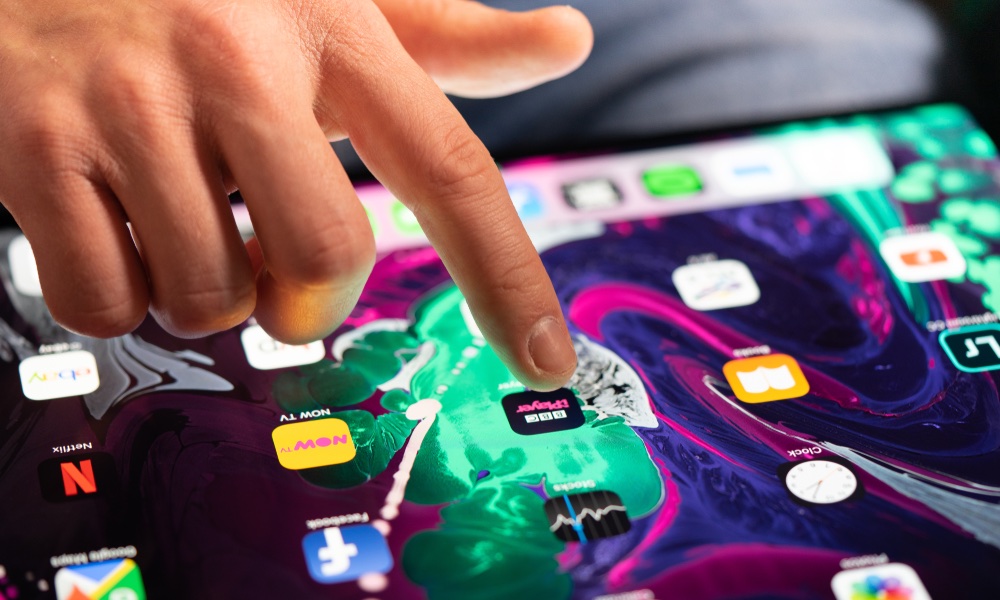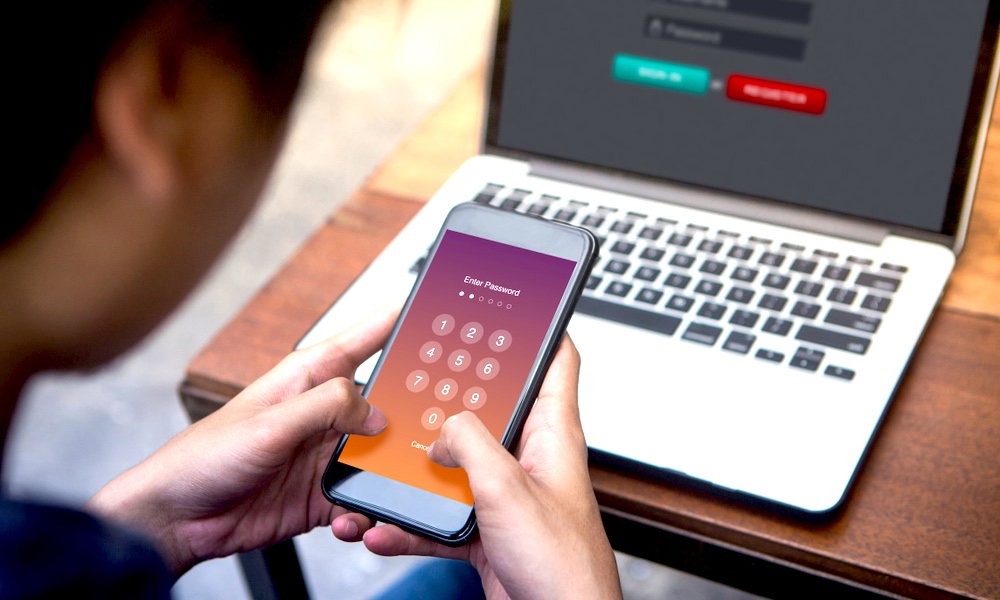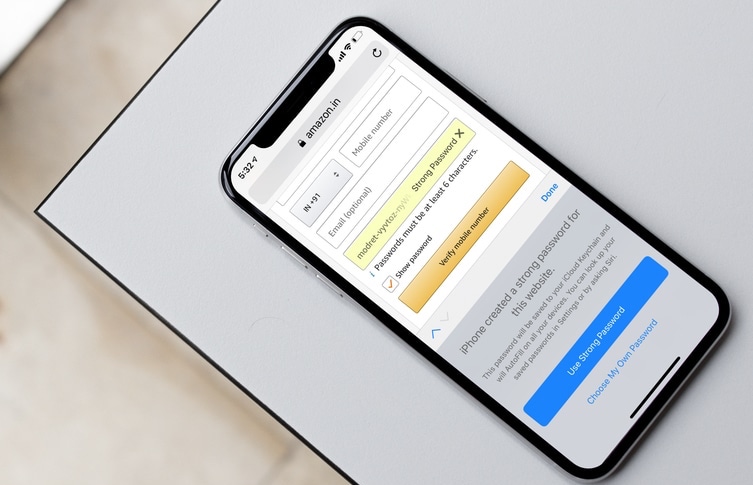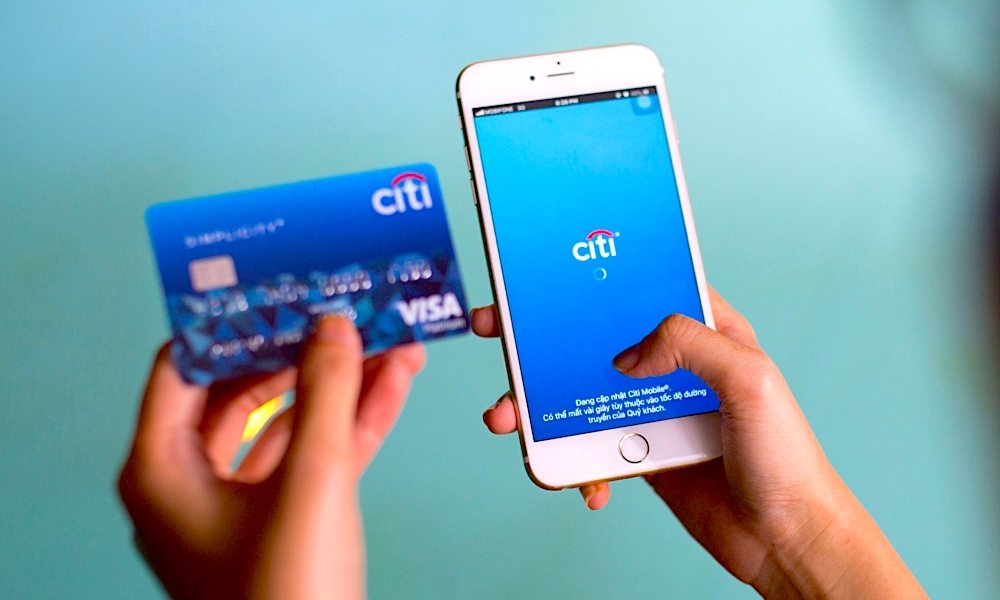6+ Ways to Protect Yourself Amid ‘The Mother of All Data Breaches’
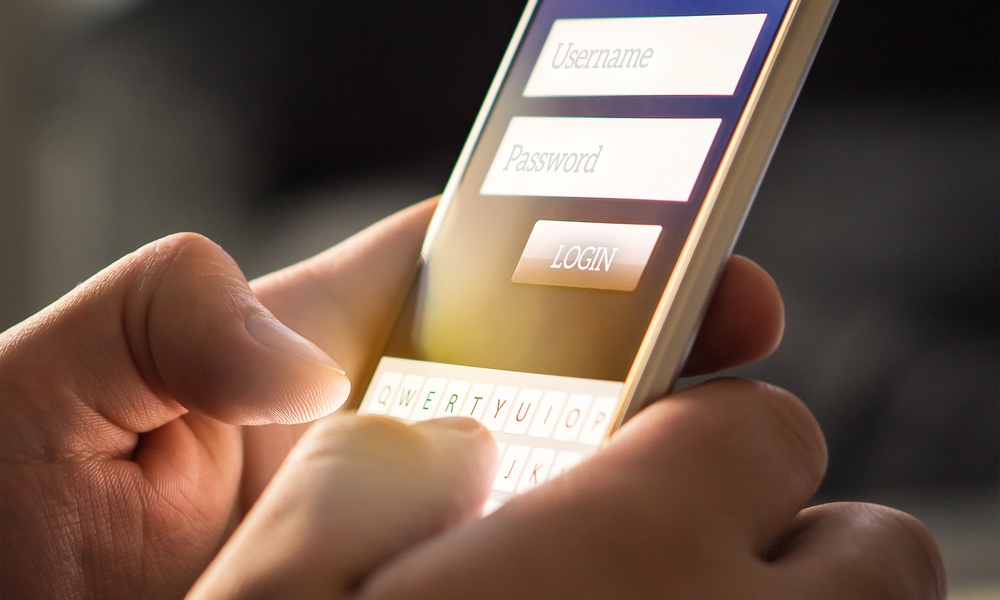 Credit: Tero Vesalainen / Shutterstock
Credit: Tero Vesalainen / Shutterstock
Earlier this month, security experts discovered the largest collection of stolen account credentials ever — pulled from both old and new data breaches. Worse still, it was eventually revealed that the so-called Collection #1 was just one out of seven. Now, four others been dumped online.
The sheer amount of stolen email addresses and passwords is staggering. According to Wired, there are 2.2 billion unique usernames and passwords in Collections #2-5 and they’re already being peddled on the black market.
If you’re concerned about your security, there are a few things you can do to protect yourself. Continue reading to learn 6+ Ways to Protect Yourself Amid 'The Mother of All Data Breaches'.
Find Out If You’ve Been Compromised
While Collections #1 through #5 contain a massive number of account credentials, that doesn’t necessarily mean that your own passwords and emails have been stolen.
A lot of this data has been pulled from past breaches, so it’s possible that your credentials weren’t harvested or you’ve changed them since then. In any case, it’s smart to check.
- Have I Been Pwned is an excellent resource for checking your emails and passwords. As of the writing of this article, it hasn’t been updated with Collections #2 through #5, however.
- If you’d rather not wait, you can try this tool from the Hasso-Plattner Institute — which does have that data.
Change Your Passwords
If any of your accounts were involved in breaches contained in Collections #1-5, you’ll want to change your passwords immediately.
Make sure to make the passwords distinct enough, too. Don’t just reuse your old password and change a letter or number. Also, avoid using any sensitive or personally identifiable data within your password.
And don't re-use your passwords. Make sure that every account you use has a different password. That way, if one of those passwords gets leaked in a data breach, the rest of your accounts won’t be compromised.
Use a Password Manager
Keeping track of multiple unique and strong passwords isn’t the easiest task in the world. That’s where a password manager comes in.
We strongly recommend that you use some sort of password management app. Most options out there will help you create strong, unique passwords — and more importantly, they’ll help you remember and even input them in.
In other words, it’s a good way to keep yourself from getting lazy when it comes to password safety.
- iOS devices have a great built-in password manager that's free to use. Settings > Passwords & Accounts.
- Other good options include 1 Password or LastPass.
Turn On Two-Factor Authentication Whenever Possible
We also strongly recommend that you turn on two-factor authentication for every account in which it’s available. Passwords fail and 2FA is an extra layer of security on your devices.
Unless a hacker has physical access to one of your trusted devices, they won’t be able to get into your accounts. While some attackers are developing methods to phish or steal security codes from cellular connections, 2FA is still undoubtedly a good idea.
It’s a bit more inconvenient than simply logging in, but it’s well worth the additional step. That’s especially true for particular sensitive platforms like banking apps and primary email accounts.
Monitor Your Accounts for Suspicious Activity
No security system is perfect, and sometimes your account may be breached no matter what you do. It’s a lot less likely if you practice good cybersecurity, but it’s still possible.
The best way to combat getting hacked is to stay on top of your accounts. Monitor them for any weird activity that you didn’t do yourself. Emails you didn’t send or posts you didn’t make are two prime examples.
Many platforms, like Google and Facebook, will also let you know where else you’re logged in. If you notice anything weird, you can also remotely log out everywhere you might be logged into. Once you do, make sure to change your password.
Practice Good Cybersecurity Habits in General
You won’t be able to control when and if a site or platform gets hacked. But you can control whether or not malicious entities gain access to your credentials through other means.
- Familiarize yourself with phishing and other social engineering techniques used to try and gain access to your password.
- Don’t open or click on suspicious links and email attachments.
- Don’t plug random things into your Mac or iPhone — they could be hiding keyloggers or other malware.
- Avoid browsing sensitive sites on public Wi-Fi or using a device that doesn’t belong to you.
- Invest in a good VPN so your traffic is encrypted.
- Back up your devices regularly and always install the latest available software updates.

